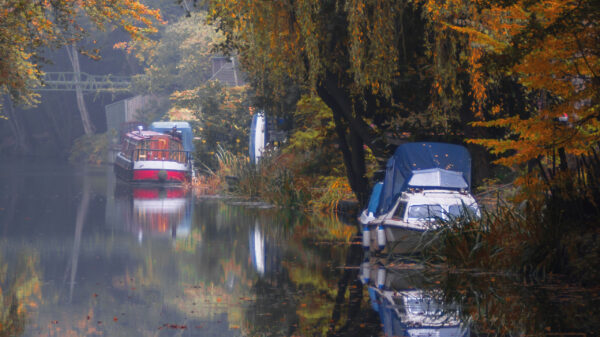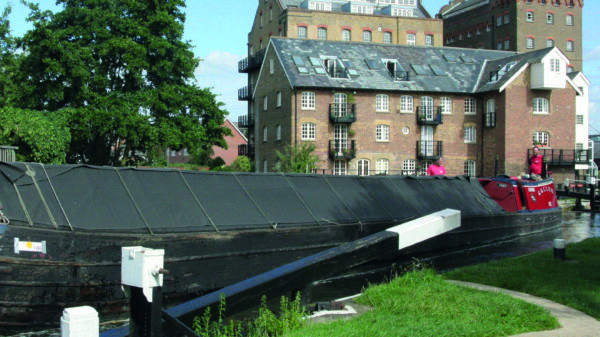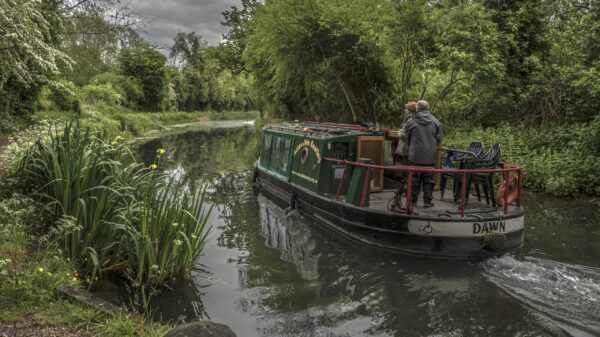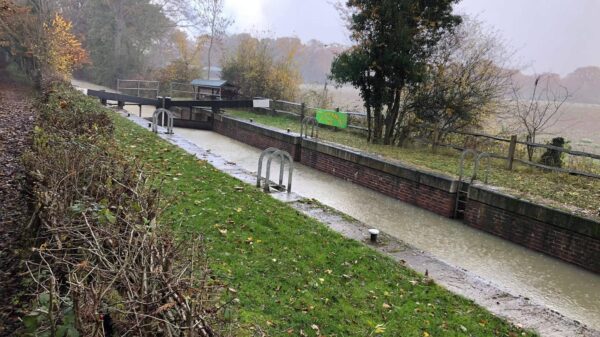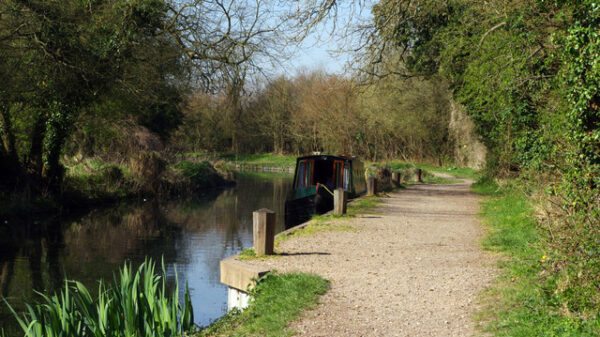The Basingstoke Canal has had a chequered history. First surveyed in 1769, the planned route followed the contour around Greywell Hill into Basingstoke. After objections by local landowners the route that was finally built was 7 miles shorter but included Greywell Tunnel. Opened in 1794, the canal was never successful, ceasing to be viable around 1866 when no dividends were paid to shareholders and the company was bankrupt. The canal subsequently managed to survive with a succession of speculative owners, three of whom ended up in prison, until the Army took over at the beginning of WW1. The last army traffic was aircraft parts from Aldershot in 1921.
Restoration commenced in 1973 when the canal was purchased in a derelict state by Hampshire and Surrey county councils. Many innovative techniques were used by the volunteer restoration team including a narrow gauge railway and the steam dredger Perseverance. The canal was officially re-opened in 1991. Greywell Tunnel has suffered a collapse and is home to a colony of bats so the final 5 miles to the original terminus in Basingstoke are still derelict.
From the junction with the River Wey Navigation at Woodham near Byfleet, the canal is currently navigable to King John’s Castle, Odiham, shortly before Greywell Tunnel. This covers a distance of 32.1 miles (50.2 km) with 29 locks. The castle was built for King John in 1207-14 and it was from here that he set out to Runnymede to sign the Magna Carta in 1215.
[The photo shows moorings at North Warnborough, adjacent Odiaham Castle – Chris Talbot © cc-by-sa/2.0 ]


